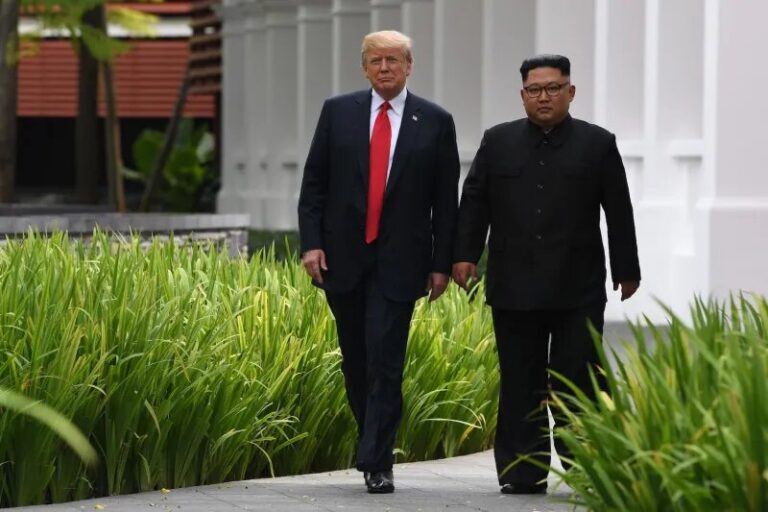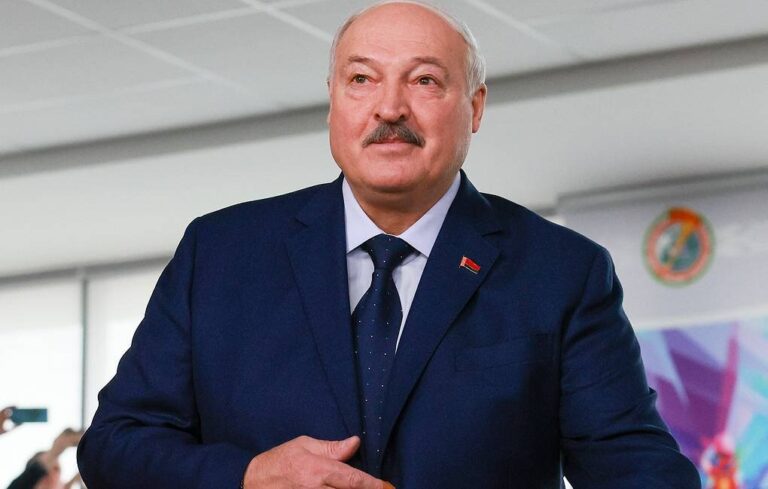China Emerges as Afghanistan’s Leading Investor: A New Era of Economic Partnership
Afghanistan’s natural resources remain largely untapped due to years of conflict, occupation, and instability. The nation is estimated to hold a staggering trillion dollars worth of minerals, including emeralds, rubies, marble, gold, and lithium. However, the lack of investment and technology transfer has hindered the exploitation of these valuable resources. As Homayoun Afghan, the spokesman for the Ministry of Mines, noted, “We have no exports, no infrastructure, no knowledge.” This article explores the current state of Afghanistan’s mineral wealth and the potential foreign investments that could transform its economy.
The Taliban’s rise to power has created a unique opportunity for foreign investment, particularly from China, which has positioned itself as Afghanistan’s leading partner for foreign direct investment (FDI). After the chaotic withdrawal of U.S. and NATO forces in 2021, China stepped in to fill the void left by Western troops.
- The Taliban previously ruled from 1996 to 2001 and returned to power in 2021.
- No international government currently recognizes the Taliban as Afghanistan’s legitimate government.
- Despite the lack of formal recognition, China has shown interest in Afghanistan’s mineral wealth.
In a bid to exploit its vast mineral resources, the cash-strapped Afghan government has initiated lucrative contracts for the extraction of gold, gemstones, and essential minerals like chromite. These contracts have attracted both local Afghans and Chinese investors. Interestingly, while China has not officially recognized the Taliban-led government, it has advocated for the lifting of economic sanctions against Afghanistan. This includes a call for the Taliban to gain access to approximately $9 billion in reserves held in international accounts, which had been frozen during the Biden administration.
Geographically, Afghanistan is strategically located within the framework of China’s Belt and Road Initiative (BRI). Beijing has prioritized trade with neighboring Afghanistan. In a statement made last October, Zhao Xing, China’s envoy in Kabul, declared that “China will offer Afghanistan zero-tariff treatment for 100% tariff lines.” This initiative positions the Taliban government to benefit from tariff-free access to Chinese markets, particularly in construction and energy sectors.
One of the first major foreign investment deals under the Taliban regime occurred in January 2023 when the Chinese company Xinjiang Central Asia Petroleum and Gas Co (CAPEIC) signed a contract to extract oil in Afghanistan’s northern province of Sar-e-Pul. The spokesperson for the Taliban-run administration, Zabihullah Mujahid, revealed that “CAPEIC will invest $150 million a year in Afghanistan under the contract.” Furthermore, this investment is expected to increase to $540 million over three years as part of a 25-year agreement.
The Taliban administration will hold a 20% partnership in this oil extraction project, which can increase to 75%. According to Mujahid, around 200 mining contracts have already been signed between Afghanistan and various Chinese companies, generating approximately 150,000 jobs in the mining sector since 2021.
Despite being the world’s largest economy, the United States has been surpassed by China as the top crude importer since 2015. Afghanistan’s lithium, copper, and iron exports are vital for the Taliban to bolster its economy and generate essential revenue streams.
In another significant development, a ceremony was held last summer (July 2024) to mark the groundbreaking of a major copper mine in Logar Province, following a 16-year delay due to ongoing conflicts. This project, managed by the state-owned China Metallurgical Co. Ltd. (MCC), is crucial for producing electric vehicle batteries and semiconductors. A $3 billion deal signed in 2008, which granted MCC a 30-year mining concession, was stalled due to combat between NATO forces and Taliban insurgents.
Afghanistan has substantial crude oil reserves, mainly located in the Amu Darya basin, which spans 4,500 square kilometers across northern Sar-e Pul, Jawzjan, and Faryab provinces. Current estimates suggest there are approximately 87 million barrels of oil reserves in the region. The January 2023 deal with CAPEIC marked the first significant foreign direct investment in oil extraction since the Taliban’s takeover.
Further international interest has been shown by Turkmenistan and India, engaging with the Taliban-led Afghanistan for various investment projects. Turkmenistan’s Foreign Minister, Rashid Meredow, disclosed that Ashgabat had invested over $1.5 billion in joint projects with Afghanistan. He invited India, Pakistan, international banks, and the Asian Development Bank to invest in the Turkmenistan-Afghanistan-Pakistan-India (TAPI) gas pipeline project, which will transport gas through Afghanistan.
India has also invested more than $3 billion in Afghanistan, focusing on infrastructure projects, including the Zaranj-Delaram highway completed in 2009, which connects Afghanistan to Iran’s Chabahar port. Recently, bilateral trade between Iran and Afghanistan reached $3.366 billion by the end of the last Iranian year (March 21, 2025). Iran has also invested in Afghanistan’s mining sector, particularly in the Ghorian mine in Herat, and discussions are underway to establish a special joint mineral economic zone between the two nations.
In conclusion, if the Taliban can successfully revitalize Afghanistan’s mining sector, they may achieve what two decades of Western-backed initiatives could not. This could serve as a testament to the failures of America’s extensive involvement and investment in the region.






